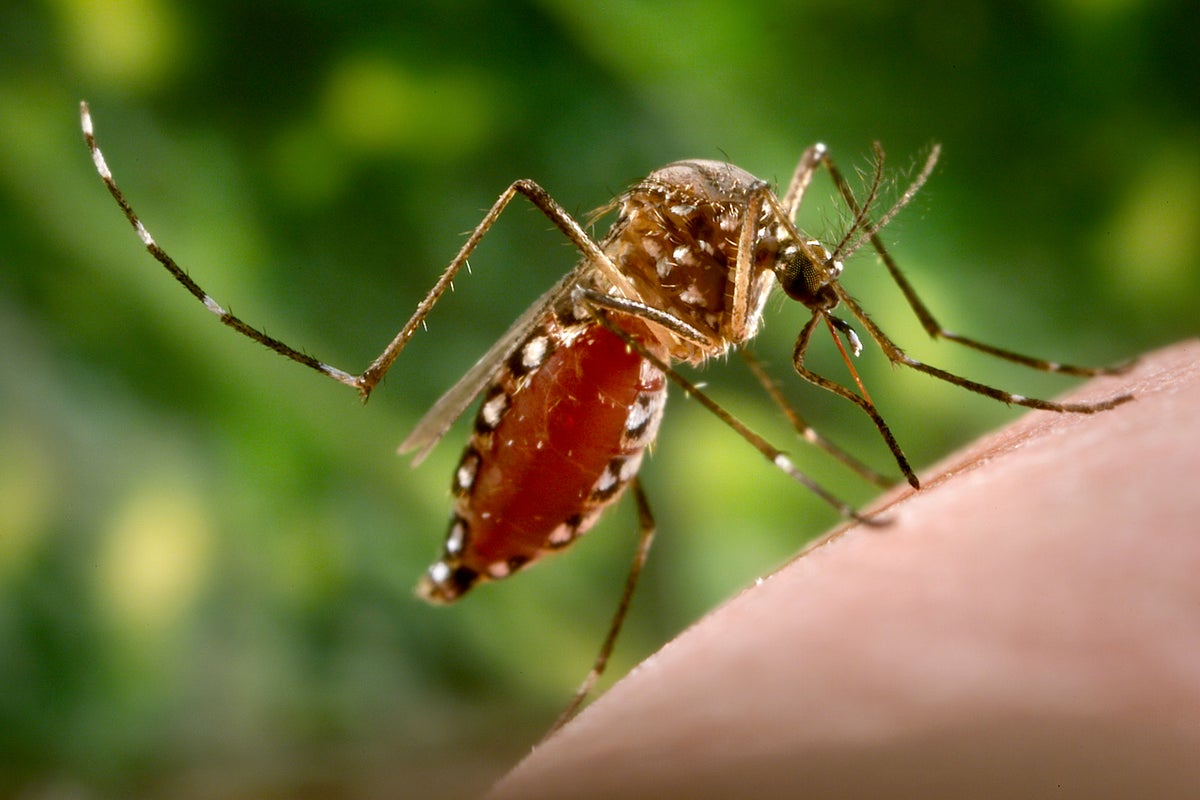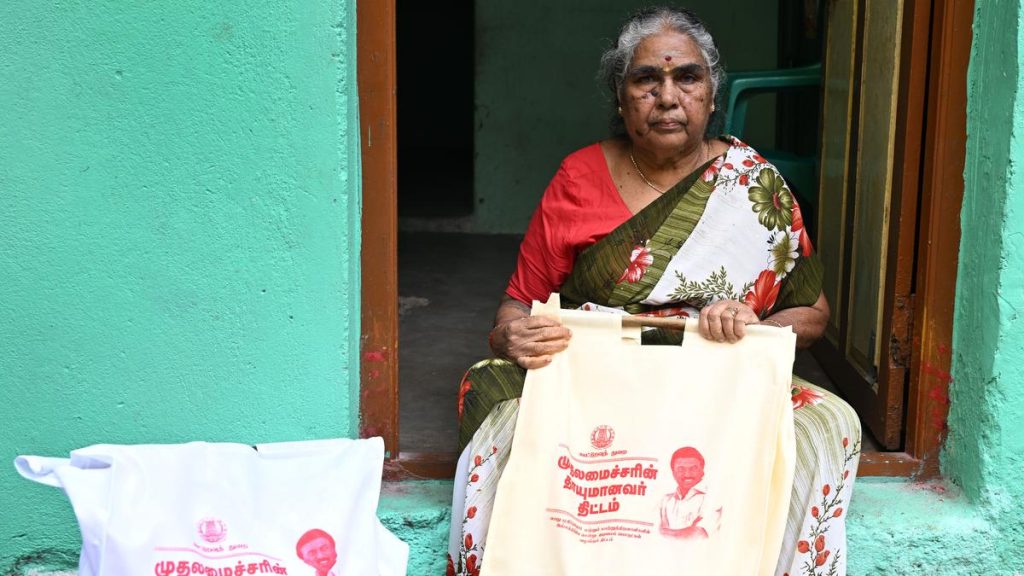Now Reading: China’s Chikungunya Outbreak: Should the U.S. Be Concerned?
-
01
China’s Chikungunya Outbreak: Should the U.S. Be Concerned?
China’s Chikungunya Outbreak: Should the U.S. Be Concerned?

Rapid Summary
- Chikungunya Outbreak in China: China reported approximately 7,000 cases of chikungunya virus primarily in Guangdong Province, including Foshan city. Mosquito nets and insecticides have been distributed to curb the spread.
- Symptoms and Impact: Chikungunya causes severe joint pain, fever, nausea, rash, and fatigue.While symptoms resolve within weeks for most peopel, long-term effects can include persistent pain or heart damage. Vulnerable groups include immunocompromised individuals, elderly people, and infants.
- Global context: The virus has caused 240,000 cases globally in 2025 across 16 countries/territories with 90 reported deaths.
- Transmission Dynamics: spread by mosquito species Aedes aegypti and Aedes albopictus, global travel can facilitate its transmission where these mosquitoes are present (e.g., southern U.S.).
- Containment Measures: Insecticide sprays and removing mosquito breeding sites are effective containment strategies; cold weather limits its spread in temperate areas.
- Treatment & Prevention: No antiviral treatments exist; care focuses on hydration and pain management. Two FDA-approved vaccines (IXCHIQ and VIMKUNYA) reduce risk by generating antibodies against the virus.
indian Opinion Analysis
India must view outbreaks like China’s chikungunya situation as a wake-up call for improved disease surveillance systems against mosquito-borne illnesses. Both Aedes aegypti and Aedes albopictus-known carriers of this virus-are prevalent across India due to tropical conditions conducive to their breeding. India’s urban habitats frequently enough provide ideal environments for these species through stagnant water sources.The absence of specific treatments is concerning given India’s high population density which accelerates viral transmission during outbreaks. Though, proactive steps such as ensuring vaccination availability (IXCHIQ/VIMKUNYA), widespread public health campaigns-including distribution of insect repellents-and strategic government efforts similar to China’s spraying initiatives can definitely help mitigate risks.
Global interconnectedness via travel also underscores the importance of monitoring international passengers from outbreak regions like Guangdong – a potential entry point into India’s local ecosystem if infected travelers bring the virus here.
India’s experience with vector diseases such as dengue highlights both vulnerabilities but also offers a strong precedent for mobilizing response measures quickly when required-a necessary ability if chikungunya were to see major surges domestically beyond existing sporadic occurrences.


























